Forums
- Forums
- Duggy's Reference Hangar
- Misc Library
- Nieuport-Delage Sesquiplan
Nieuport-Delage Sesquiplan
Post a reply
- Go to Previous topic
- Go to Next topic
- Go to Welcome
- Go to Introduce Yourself
- Go to General Discussion
- Go to Screenshots, Images and Videos
- Go to Off topic
- Go to Works in Progress
- Go to Skinning Tips / Tutorials
- Go to Skin Requests
- Go to IJAAF Library
- Go to Luftwaffe Library
- Go to RAF Library
- Go to USAAF / USN Library
- Go to Misc Library
- Go to The Ops Room
- Go to Made in Germany
- Go to Campaigns and Missions
- Go to Works in Progress
- Go to Juri's Air-Raid Shelter
- Go to Campaigns and Missions
- Go to Works in Progress
- Go to Skinpacks
- Go to External Projects Discussion
- Go to Books & Resources
-
2 years agoSat Jun 10 2023, 01:02pmDuggy
 Main AdminThe Nieuport-Delage Sesquiplans were a series of 1920s French racing monoplanes built by Nieuport-Delage. It established a world air speed record in 1923.
Main AdminThe Nieuport-Delage Sesquiplans were a series of 1920s French racing monoplanes built by Nieuport-Delage. It established a world air speed record in 1923.
Development
The Sesquiplane first appeared in 1921, a development of the Nieuport 31 fighter. It was a sleek shoulder-wing braced monoplane powered by a supercharged 8 cylinder 224 kW (300 hp) Hispano-Suiza 8Fb engine. The name Sesquiplane was due to the additional aerofoil that was attached to the axle of the fixed conventional landing gear.
Two Sesquiplans were built and both were entered into the Coupe Deutsch de la Meurthe speed event held at Etampes in October 1921. The aircraft flown by Sadi-Lecointe crashed during the race but the other, piloted by Georges Kirsch, won at an average speed of 278.36 km/h (173 mph). These Sesquiplans had a span of 8.0 m (26 ft 4 in), a wing area of 10.0 m2 (107.6 sq ft), a length of 6.1 m (20 ft 0 in) and a loaded weight of 898 kg (1,980 lb). The following year Lacointe crashed again in a Sesquiplan with a new squared off wing of similar span and with a Göttingen 416 airfoil section replacing the original wing, having set a new world record speed of 325 kmh (202 mph) over 100 km (62 mi). The surviving aircraft was modified with a 400 hp (298 kW) Wright Hispano H-3 engine and a revised vertical tail, possibly becoming the Nieuport NiD 41 (sources differ on the identity of the NiD 41) and named Eugène Gilbert.Flush radiators made of thin corrugated brass welded together covered most of the wing and replaced the Lamblin radiators used previously. In February 1923 Lecointe set a new world speed record of 375 kmh (233 mph) at Istres in it.
The last racing Sesquiplan, the Nieuport-Delage NiD 42 S was a new design, fitted with a 12-cylinder 447 kW (600 hp) Hispano 12Hb engine. In June 1924 Lecointe won the Coupe Beaumont in it averaging a speed of 311 km/h (193 mph) over the 300 km course. He did not stop at the end of the course but continued to cover 500 km in total at an average of 306 km/h (190 mph), a new record for that distance.
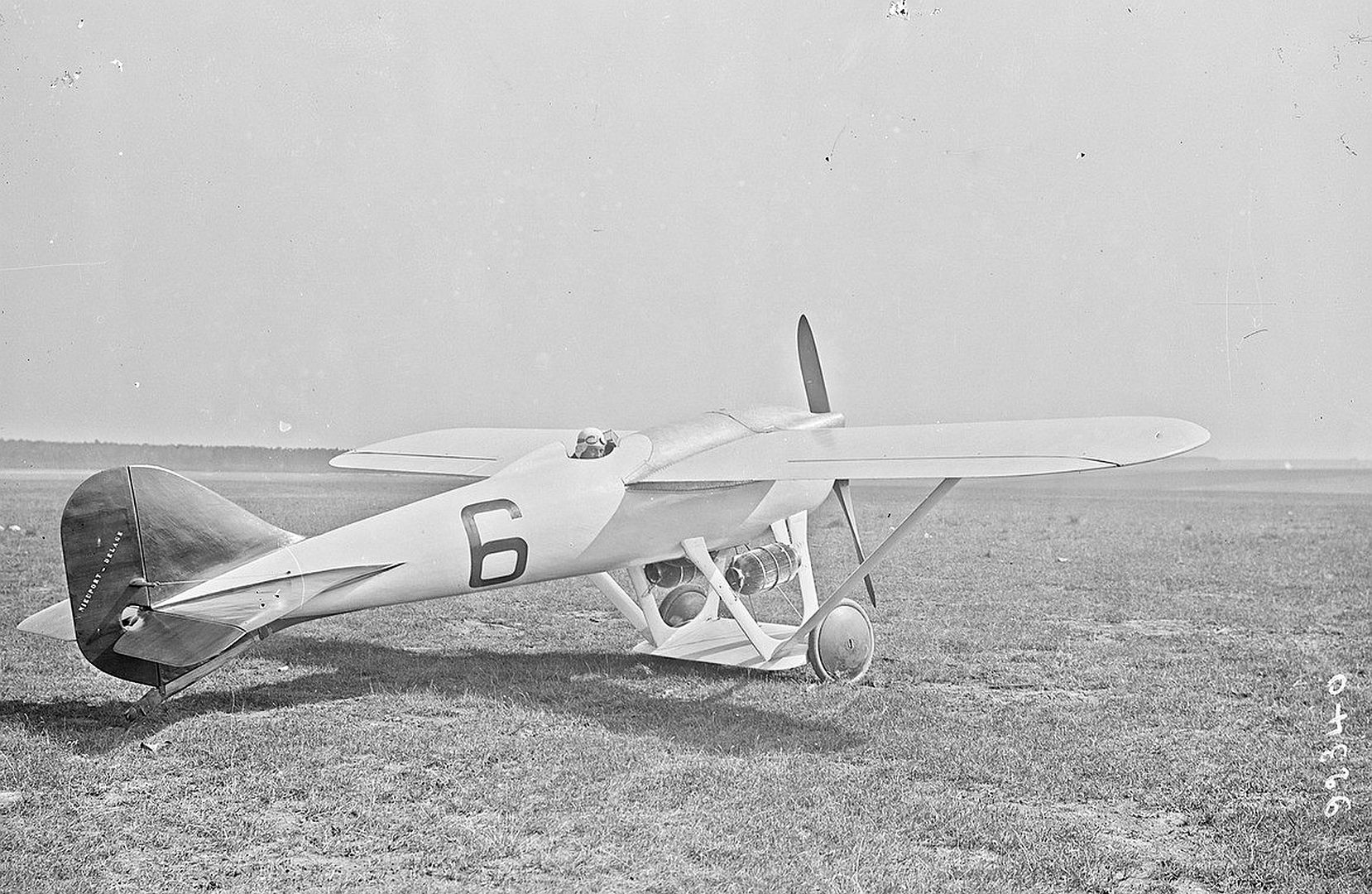
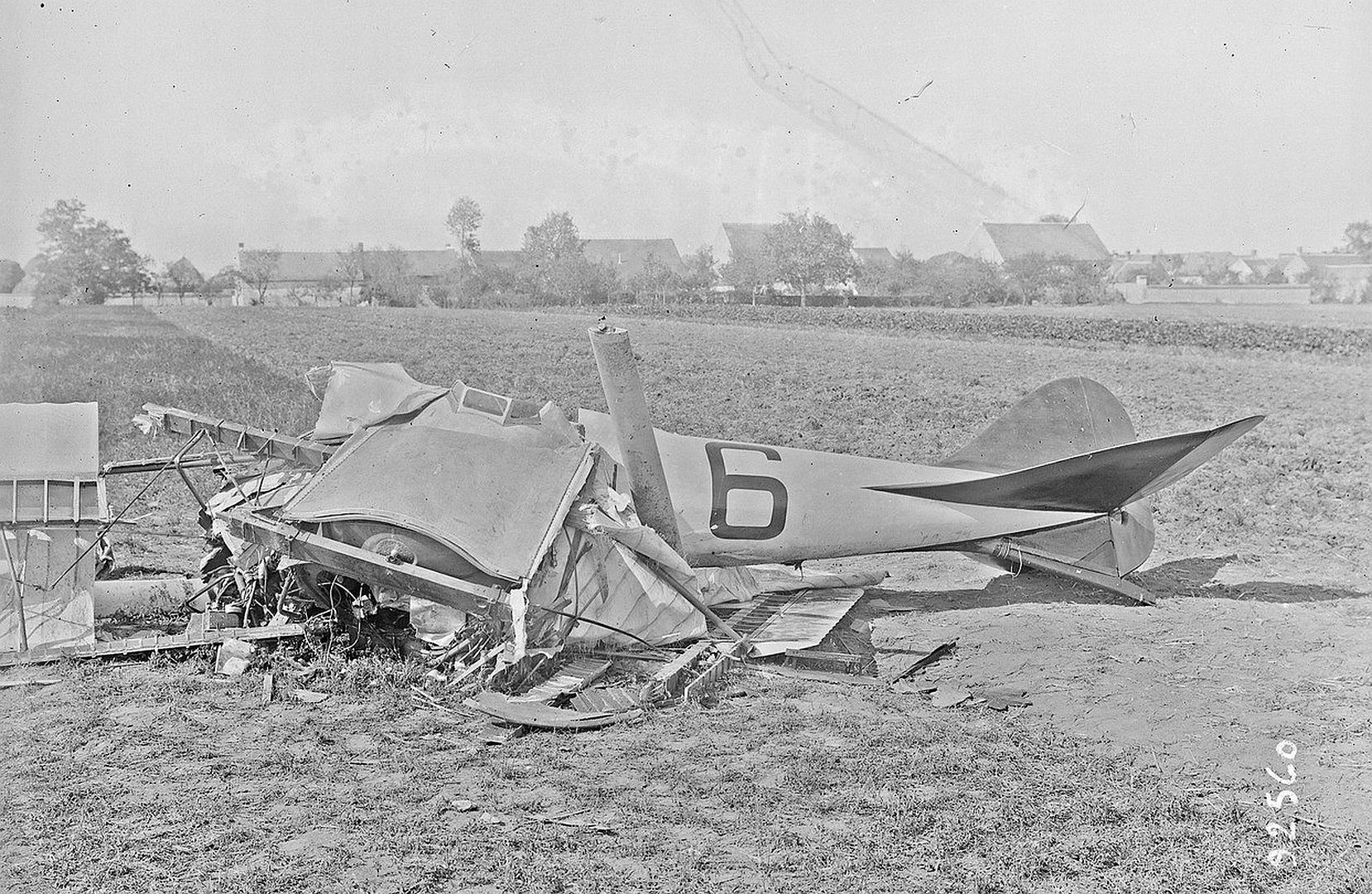
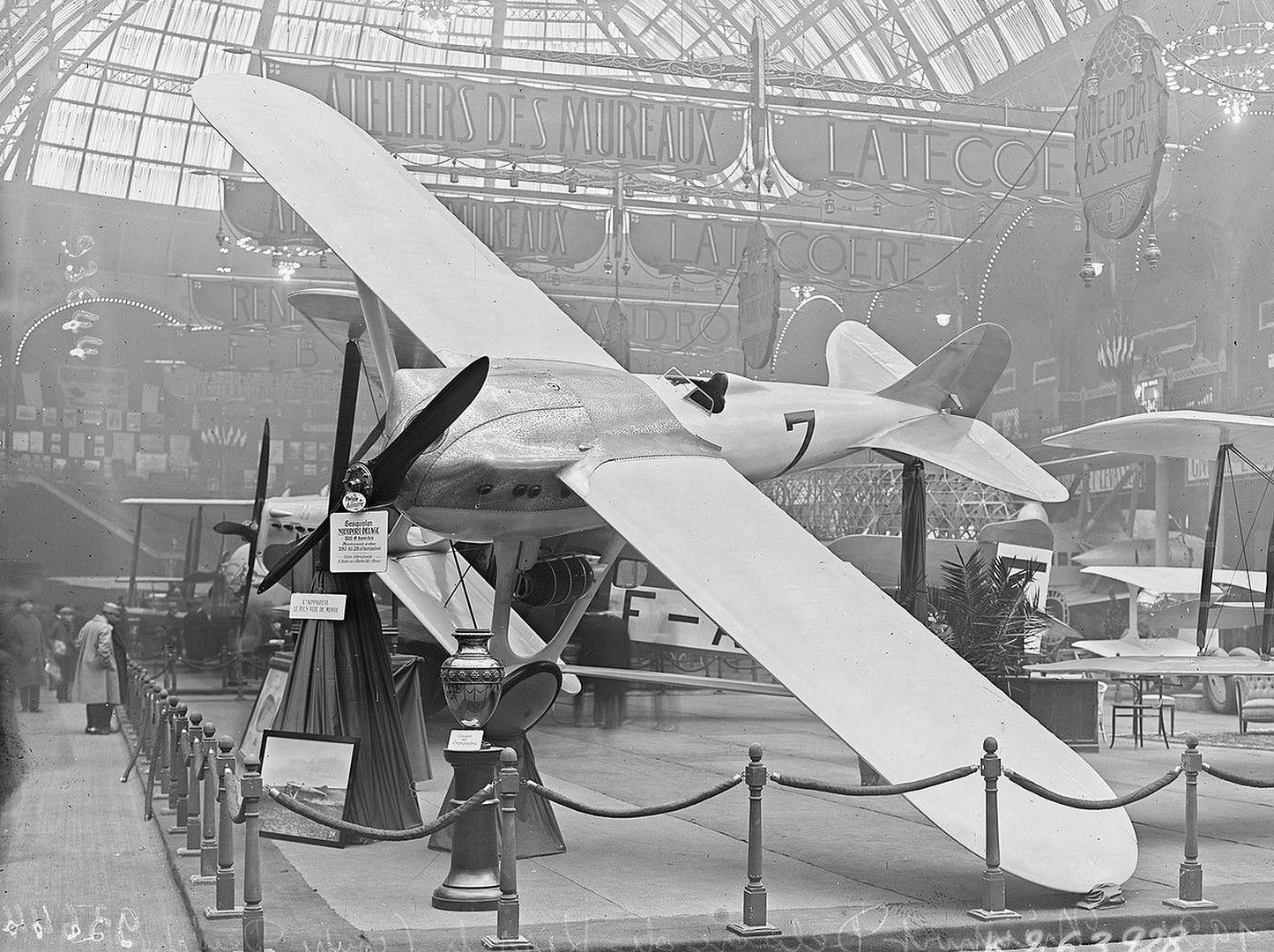
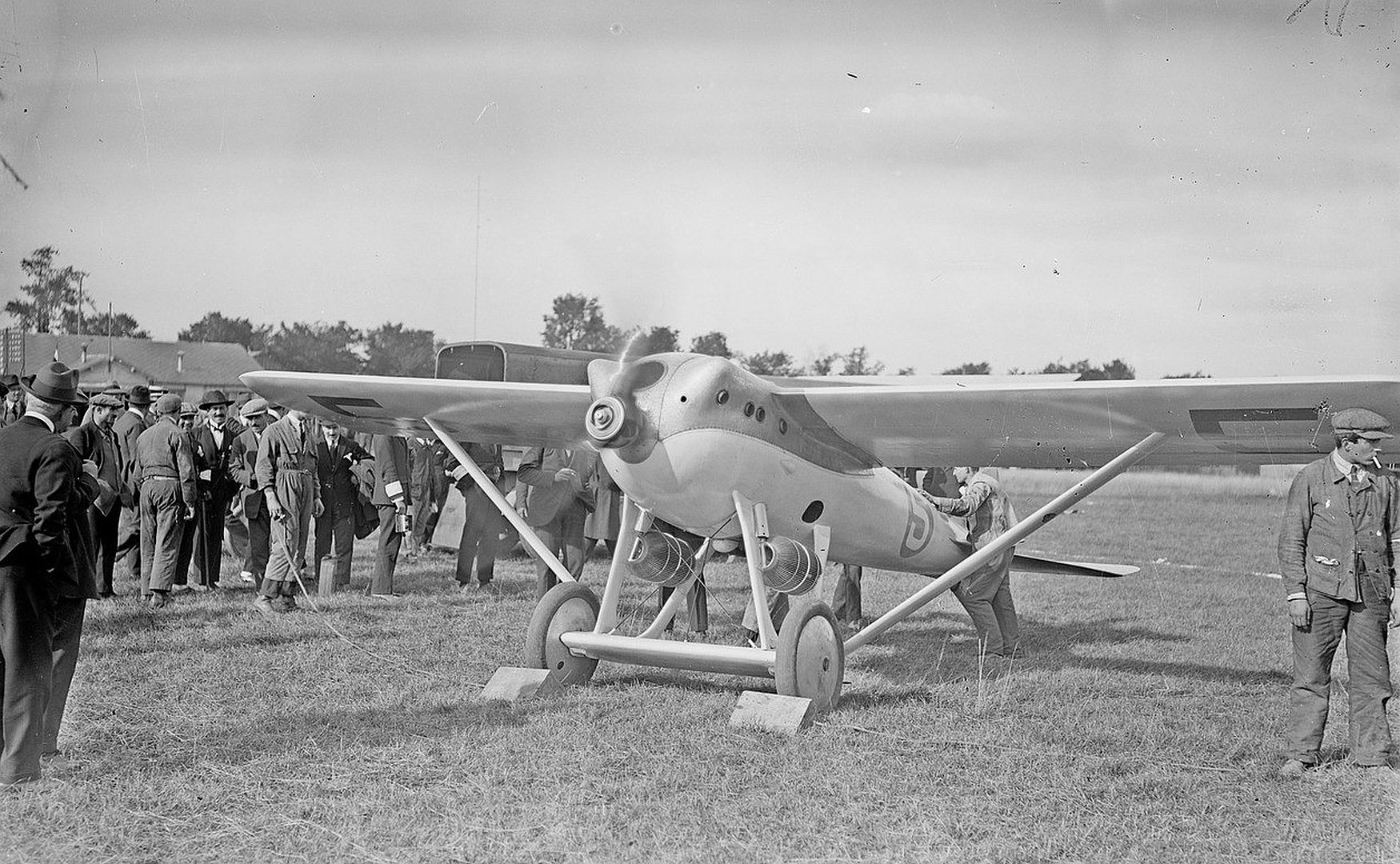

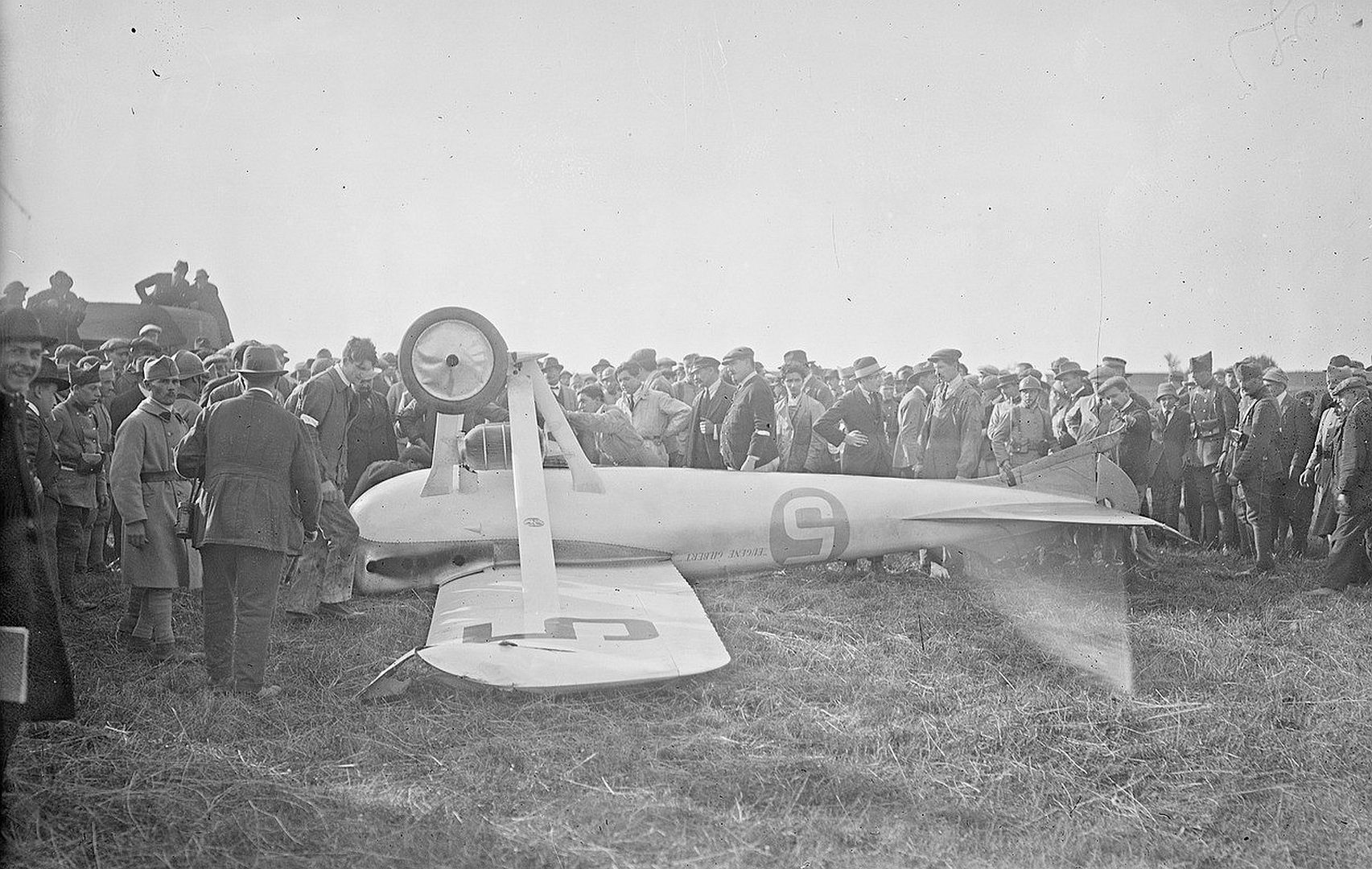
Specifications (Eugène Gilbert)
General characteristics
Crew: 1
Length: 7.80 m (25 ft 7 in)
Wingspan: 8.20 m (26 ft 11 in)
Wing area: 12.70 m2 (136.7 sq ft)
Empty weight: 800 kg (1,764 lb)
Gross weight: 1,000 kg (2,205 lb)
Powerplant: 1 × Wright-Hispano H-3 water-cooled upright V-8, 300 kW (400 hp)
Performance
Maximum speed: 300 km/h (190 mph, 160 kn) or more
Range: 400 km (250 mi, 220 nmi)
(Text from Wikki)
Post a reply
- Go to Previous topic
- Go to Next topic
- Go to Welcome
- Go to Introduce Yourself
- Go to General Discussion
- Go to Screenshots, Images and Videos
- Go to Off topic
- Go to Works in Progress
- Go to Skinning Tips / Tutorials
- Go to Skin Requests
- Go to IJAAF Library
- Go to Luftwaffe Library
- Go to RAF Library
- Go to USAAF / USN Library
- Go to Misc Library
- Go to The Ops Room
- Go to Made in Germany
- Go to Campaigns and Missions
- Go to Works in Progress
- Go to Juri's Air-Raid Shelter
- Go to Campaigns and Missions
- Go to Works in Progress
- Go to Skinpacks
- Go to External Projects Discussion
- Go to Books & Resources
